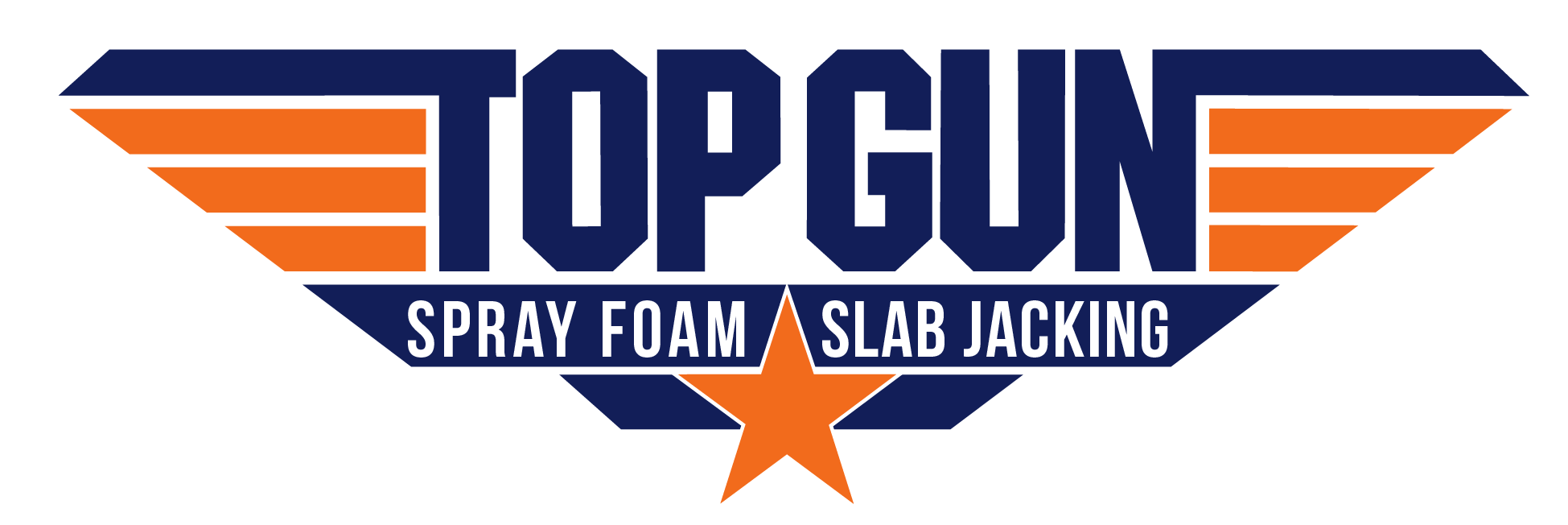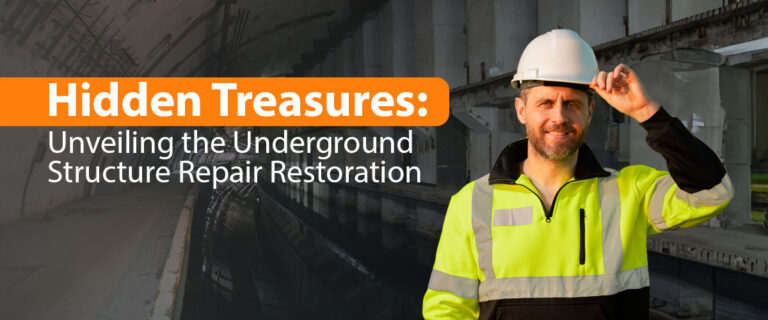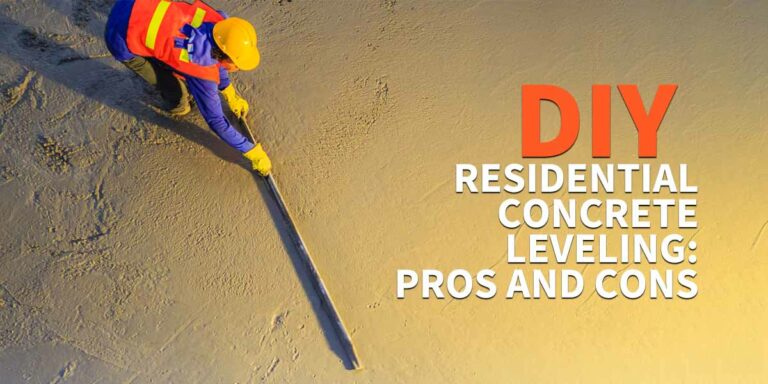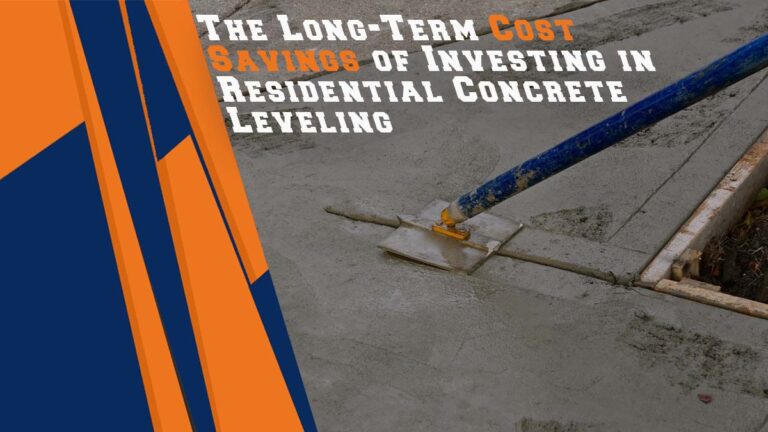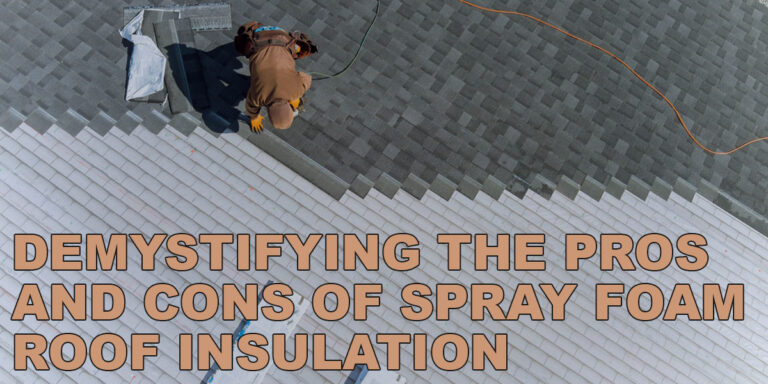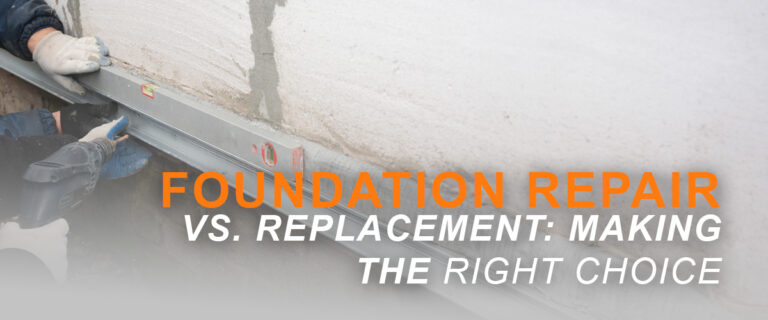Roof Insulation: Is It Worth the Investment?
Are you ready to unlock the true potential of your home’s energy efficiency? One powerful question: Is roof insulation the key to achieving your goals? In today’s environmentally conscious world, homeowners increasingly seek ways to enhance energy efficiency and reduce their carbon footprint. Moreover, one area that holds immense potential in achieving these goals is roof insulation. By regulating indoor temperatures, minimizing energy consumption, and providing substantial cost savings, roofing insulation has emerged as a valuable investment for homeowners.
This article explores the benefits of attic insulation, different insulation materials, crucial factors to consider, determining the return on investment (ROI), and providing installation guidance. So, let’s dive in and transform your living space into a haven of comfort and sustainability.

Benefits of Roof Insulation
Roofing insulation offers many advantages for homeowners, including improved energy efficiency, enhanced comfort levels, and significant cost savings. Discover the extensive benefits and their positive impact on your home and finances.
A. Energy Efficiency
Roofing insulation significantly enhances energy efficiency by reducing heat transfer, resulting in a more stable indoor temperature. It reduces reliance on heating and cooling systems, lowering energy consumption and utility bills.
B. Cost Savings
Installing can lead to substantial long-term cost savings. Improved energy efficiency reduces heating and cooling expenses, making it a financially wise decision despite the initial investment.
C. Comfort and Temperature Regulation
Ceiling insulation creates a comfortable living environment by maintaining consistent indoor temperatures and minimizing fluctuations. It keeps interiors cooler in warmer climates and provides insulation against the cold in colder regions, improving year-round comfort.
D. Environmental Impact
Attic insulation benefits homeowners and the environment by reducing energy consumption and minimizing carbon footprints. Some insulation materials are also eco-friendly, incorporating recycled materials and reducing their environmental impact.
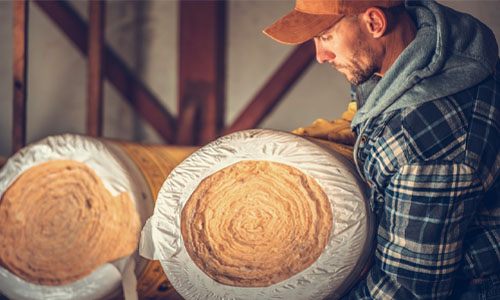
Types of Roof Insulation Materials
Several types of materials are available, each with unique characteristics. The choice of insulation material depends on budget, climate, and specific requirements. Here are three common types of roof insulation materials:
A. Fiberglass Insulation
When it comes to fiberglass insulation, homeowners appreciate its cost-effectiveness and efficacy. Comprised of woven glass fibers, it forms a dense mat that traps air pockets, serving as insulating layers that impede heat transfer. Moreover, fiberglass insulation is available in rolls, batts, or loose-fill forms, making it versatile for different roof structures.
B. Cellulose Insulation
For eco-friendly options, cellulose insulation stands out as a top choice. Cellulose insulation, made from treated recycled paper, offers excellent thermal insulation properties. By blowing it into the roof cavity, cellulose insulation ensures complete coverage, effectively filling gaps and voids. Its ability to conform to irregular spaces makes it particularly suitable for older homes with complex roof structures.
C. Spray Foam Insulation
When flexibility and impeccable sealing are paramount, spray foam insulation takes the spotlight. Crafted from a polyurethane blend and other chemicals, it expands upon application, creating a seamless and impenetrable seal. This flexible insulation option caters to various roof configurations, including flat and sloped roofs. Spray foam insulation enhances energy efficiency by delivering exceptional thermal resistance and effectively sealing air leaks.

Factors to Consider Before Installing Roof Insulation
Before investing in roof insulation, it is essential to consider several factors that can influence its effectiveness and suitability for your specific needs. Here are some key factors to evaluate:
A. Climate and Location
The climate and geographic location are crucial in determining the appropriate type and thickness of insulation required. Areas with extreme temperatures will require higher R-values to ensure optimal thermal resistance.
B. Roof Structure and Accessibility
The type of roof structure and its accessibility will affect the ease of insulation installation. When considering specific roof configurations, homeowners should consider factors such as attic access or limited space, as different materials may be more suitable.
C. Existing Insulation
If your home already has insulation, evaluating its condition and effectiveness is essential. Adding additional insulation or replacing outdated materials may sometimes be necessary to improve energy efficiency.
D. Budget and Cost
Roof insulation comes with various costs, including material expenses and installation fees. Establishing a budget and exploring alternatives is vital for achieving cost-effectiveness.

Determining Your Return On Investment (ROI)
Maximizing the return on investment (ROI) is essential when considering roof insulation. This section offers valuable insights into assessing potential energy savings, estimating costs, and comparing ROI with other home improvement projects, enabling you to make informed decisions regarding the financial benefits of attic insulation.
A. Calculating Energy Savings
Estimating potential energy savings requires considering factors such as insulation’s thermal resistance (R-value), roof size and configuration, and local climate data. By determining the reduction in heat transfer and its impact on heating and cooling expenses, you can assess the financial benefits of lower utility bills over the insulation’s lifespan.
B. Estimating Costs
Accurately estimating installation and maintenance costs is vital for ROI assessment. Attic insulation installation costs vary based on insulation material, complexity, and professional assistance. Obtaining quotes from reputable contractors helps in getting a reliable estimate. Additionally, consider future maintenance costs like inspections or repairs to understand the investment required comprehensively.
C. Comparing ROI
To effectively evaluate ROI, compare ceiling insulation with other potential home improvement projects. Assess the expected returns regarding energy savings and increased property value against the associated costs. Consider the insulation’s lifespan, government incentives or rebates, and the overall home comfort and sustainability impact. This comparison aids in prioritizing investments and offers a favorable return compared to alternative projects.
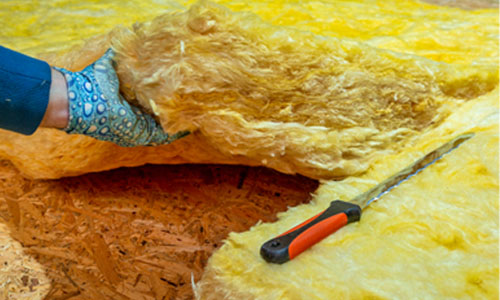
How to Install Roof Insulation
Installing ceiling insulation is crucial for enhancing energy efficiency and creating a comfortable living environment. Here’s a concise guide on the step-by-step process, empowering you to install and reap its benefits successfully.
A. Assessing Insulation Needs
Evaluate your insulation needs by considering local climate, desired R-value, and insulation regulations. Determine if additional insulation is required or if existing insulation needs upgrading. This assessment helps select the right insulation type and thickness for optimal energy efficiency and comfort.
B. Selecting Suitable Materials
Choose appropriate insulation materials such as fiberglass batts, spray foam, or rigid foam boards. Consider factors like R-value, moisture resistance, fire safety, and compatibility with your roof type. Research and consult with experts to make an informed decision, ensuring effective thermal performance and long-term durability.
C. Hiring Professionals or DIY
Decide between hiring professionals or undertaking a DIY approach based on your skills and the complexity of the installation. Professionals offer expertise, proper techniques, and safety protocols. However, a DIY installation can save costs if you have the necessary skills. Follow guidelines, wear protective equipment, and take precautions for a successful and efficient insulation installation.

Invest in Your Home’s Future!
In summary, roof insulation is indispensable to any energy-efficient and environmentally-conscious home. Its ability to regulate indoor temperatures, reduce energy consumption, and provide substantial cost savings make it a worthwhile investment. By maximizing comfort, minimizing utility bills, and reducing carbon footprint, attic insulation empowers homeowners to create a sustainable and eco-friendly living space.
So, take the leap, embrace the power of ceiling insulation, and embark on a journey toward a greener, more energy-efficient future. Invest today and reap the rewards of a comfortable home that enhances your quality of life and contributes to a brighter and more sustainable tomorrow.
